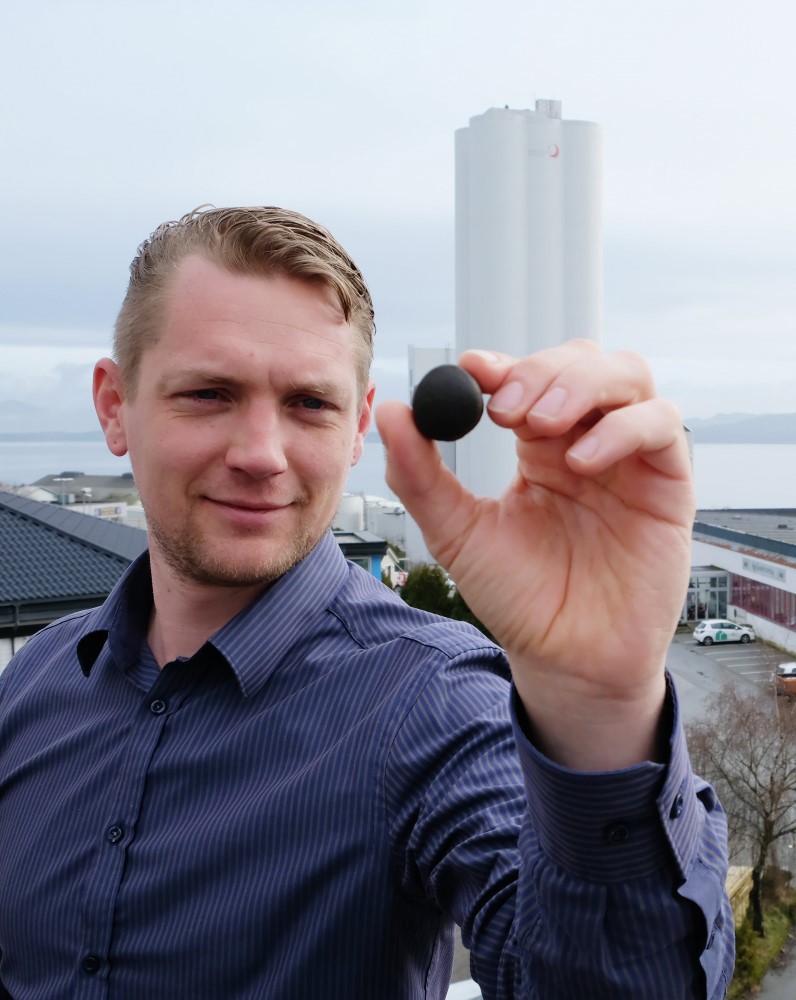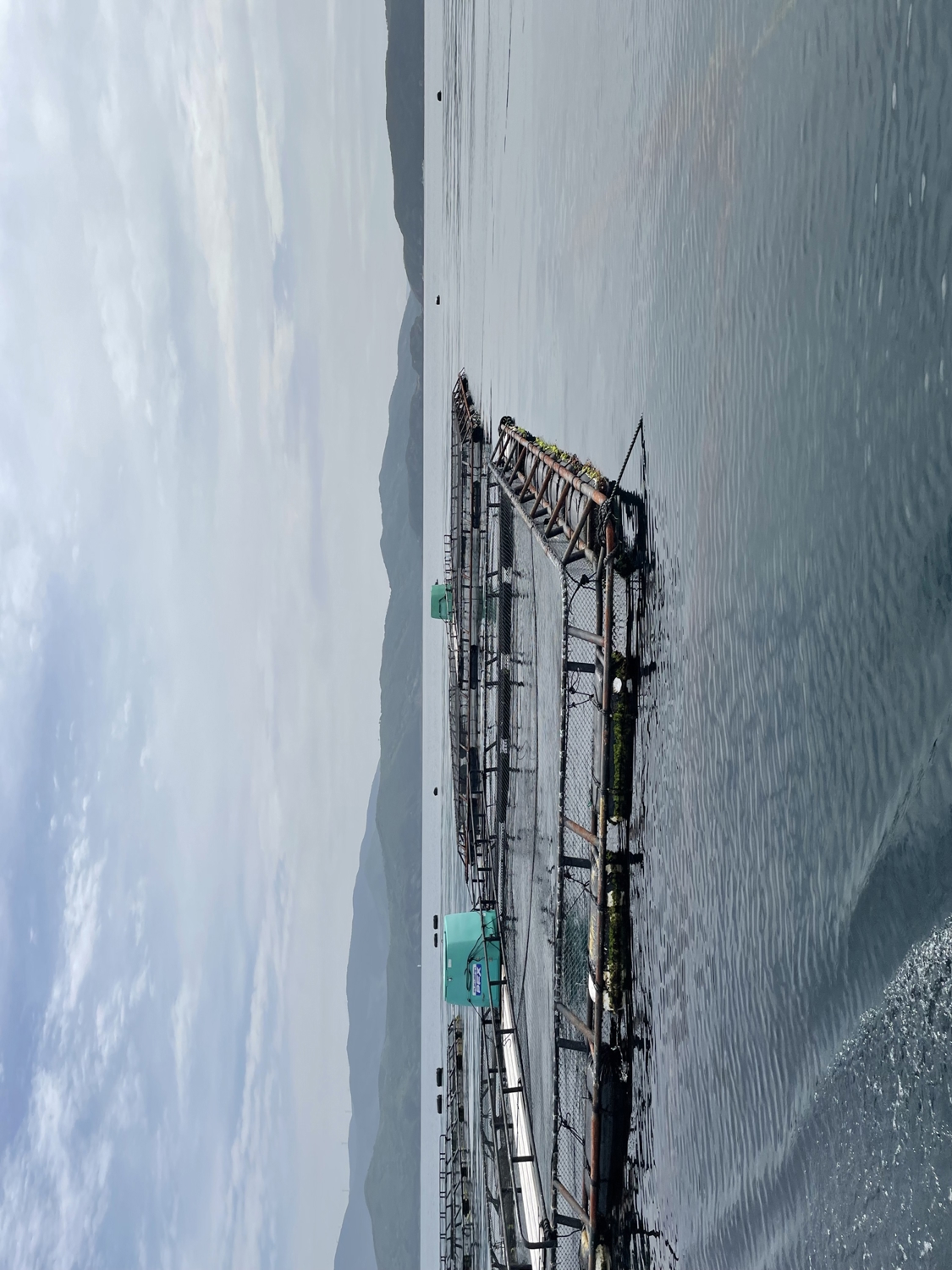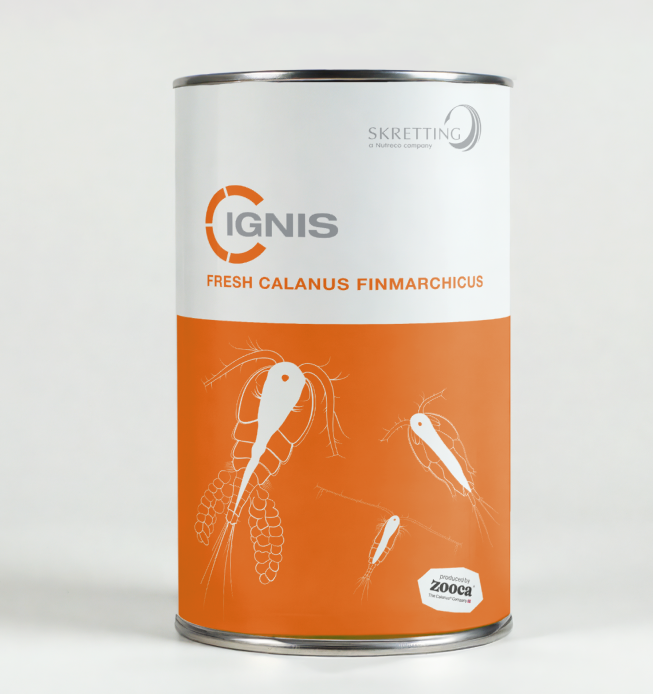MaGro is a new soft-extruded pellet feed, developed specifically for Japan’s bluefin tuna farmers.
20 years in the making: Skretting launches breakthrough tuna diet

- Tuna farmers no longer need to follow baitfish feeding protocols, thereby reducing biosecurity risks
- The new diet offers superior performance, handling logistics, food safety and sustainability
A new diet aimed at helping tuna farmers avoid the biosecurity risks and sustainability issues associated with baitfish diets has been launched by Skretting. Now available in Japan, MaGro is a soft extruded feed for bluefin tuna that has been created using patented production technology. The arrival of the breakthrough is ideally timed for Japan’s tuna farmers, who are seeing rising consumer demand for Japanese bluefin in domestic markets and further afield, including Asia and North America.
As the world’s most efficient protein generator, aquaculture has made considerable progress through the introduction of feed innovations in many different fish farming systems. While extruded pellet feeds have played a crucial role in this evolution, tuna farming continues to be almost entirely based on baitfish diets. This is because bluefin tuna are particularly fussy eaters. Indeed, previous attempts by the industry to replace this feed component have failed – usually with the tuna rejecting the pellets for being too hard and unpalatable.
MaGro is the result of more than 20 years of dedicated R&D at Skretting to establish a viable alternative to baitfish feeding protocols. During that time, Skretting evaluated several feed types – everything from wet mashes to a wide variety sausage formats – and these appraisals led to the finding that a soft extruded diet was by far the best option for tuna farming moving forward. The resulting, groundbreaking diet takes the specific nutritional needs of bluefin into consideration and delivers it in a form that the fish want to consume.
“Japan is the world’s largest consumer for bluefin tuna and its per capita consumption of this species continues to steadily increase. There is also fast rising demand from emerging markets like China and Hong Kong. The prospect of supplying an expanding marketplace is a key driver for Japanese tuna farming. At the same time, most tuna producers are capital intensive companies and understand the importance of fish sustainability and traceability. As such, many of them have long-term plans to provide overseas markets with sustainably-certified products, if and when such a standard is created. This new diet will help them achieve that aim,” explains Yoshihito Ito, General Manager of Skretting Japan.
He continues, “We have also learned from our customers that there is considerable further potential for formulated feed development in the tuna sector, with opportunities including increased pellet sizes for larger fish, and the ability to enhance meat quality, colour and marbled fat through these diets.”
Clear advantages
With a texture that is much softer than the pellets tailored for other fish farming sectors, MaGro still has a much lower water content than baitfish. As such, it offers a much better feed conversion ratio (FCR). The formulation is also very consistent, comprising fully-traceable ingredients, whereas the nutritional profile of baitfish can fluctuate dramatically depending on the species of baitfish used, when and where it was caught, and the storage system used. Baitfish also needs to be frozen – from the point of being caught through to the point of being fed to the tuna, which in itself requires freezing and thawing systems to be in place.
Furthermore, the practical, easy-to-use format of MaGro means that farmers can utilise semi-automatic “canon” feeding systems, which also support much more efficient, cost-effective production. Such user-friendly systems contribute to feed and manpower savings, while also diminishing water pollution.
“MaGro is a sophisticated diet that offers many clear advantages over baitfish. On average, farmers only need to use one-third of the volume to achieve the same or better growth performance. At the same time, being a soft extruded pellet, it is not only digestible for the fish, it’s also much easier and cleaner to handle, and a lot more cost-effective to transport,” explains Chris van Bussel, Global Product Group Manager Marine Species at Skretting.
Fully evidenced
The new concept was developed by the Skretting Aquaculture Research Centre (ARC). This global unit led a number of experimental trials spanning the different growth stages of the fish. These trials, conducted in Australia, Japan, United States and Mediterranean Europe, found that the tuna fed with MaGro consistently demonstrated equal or improved growth compared with those on baitfish diets.
It was also evidenced that with MaGro, the tuna continued to maintain their feeding regime during the colder months of the year, overcoming the so-called “winter dip” that has historically slowed the growth of farmed tuna.
“With this new diet, we have cleared some of the major obstacles that have stood between tuna farming and a safer, more sustainable future. It’s important that farmers recognise this opportunity to change up to formulated diets, because it can provide the stable platform from which the whole sector can progress,” says van Bussel.
The innovation has been warmly welcomed by Skretting Japan’s clients.
One customer, who trialed MaGro over a two-year period, states: “Weaning the tuna from baitfish over to MaGro was a simple and easy shift. We also saw good growth results over the winter season with hardly any loss in appetite, while the overall handling was much improved as MaGro is much cleaner than baitfish feeding.”
Another commented: “MaGro is well suited to the eating behaviour of tuna. These fish naturally assess their food from below, using their eyes and keen sense of smell. Being a slow sinking pellet, MaGro provides the opportunity for all of them to feed properly.”



